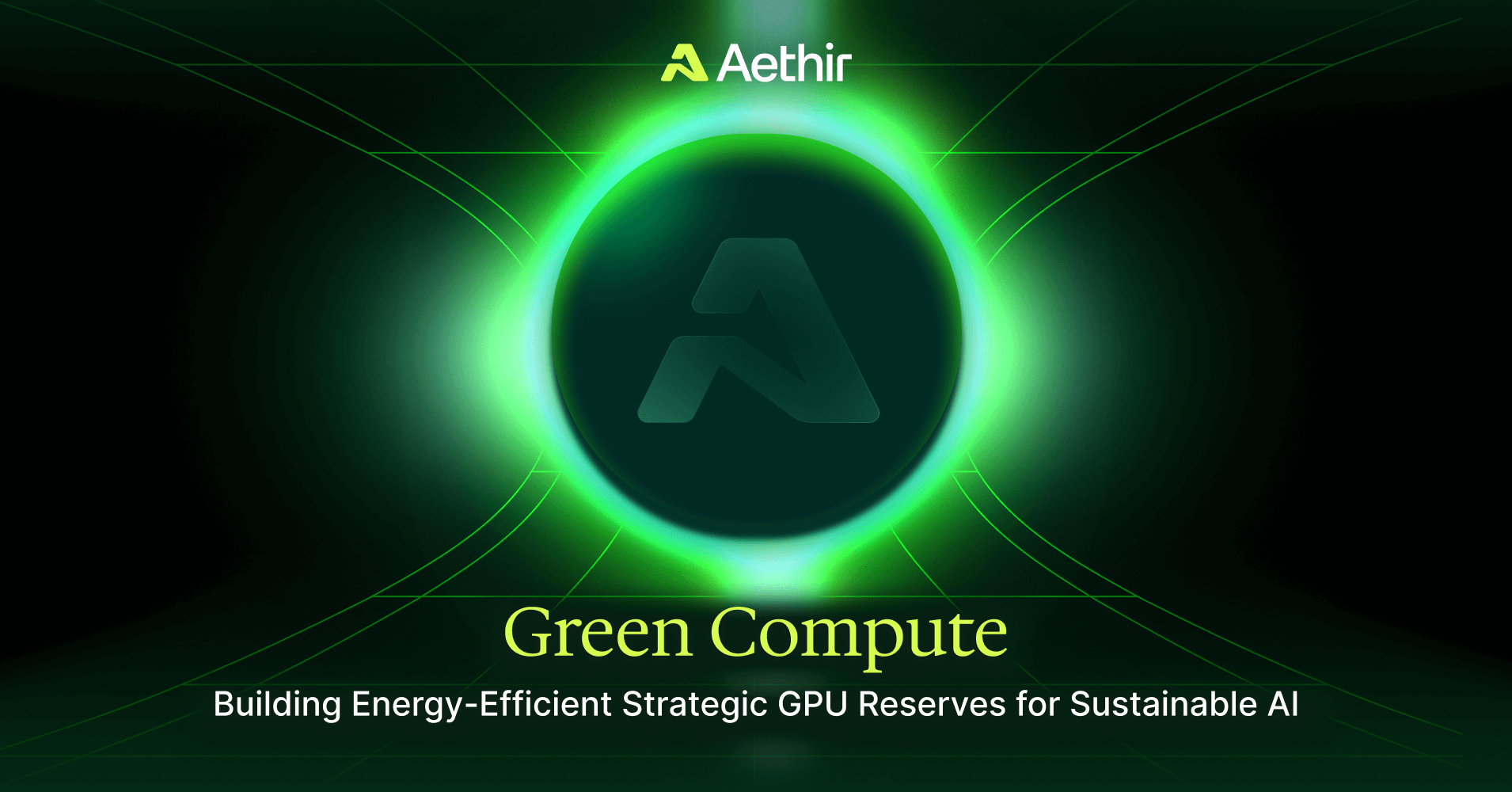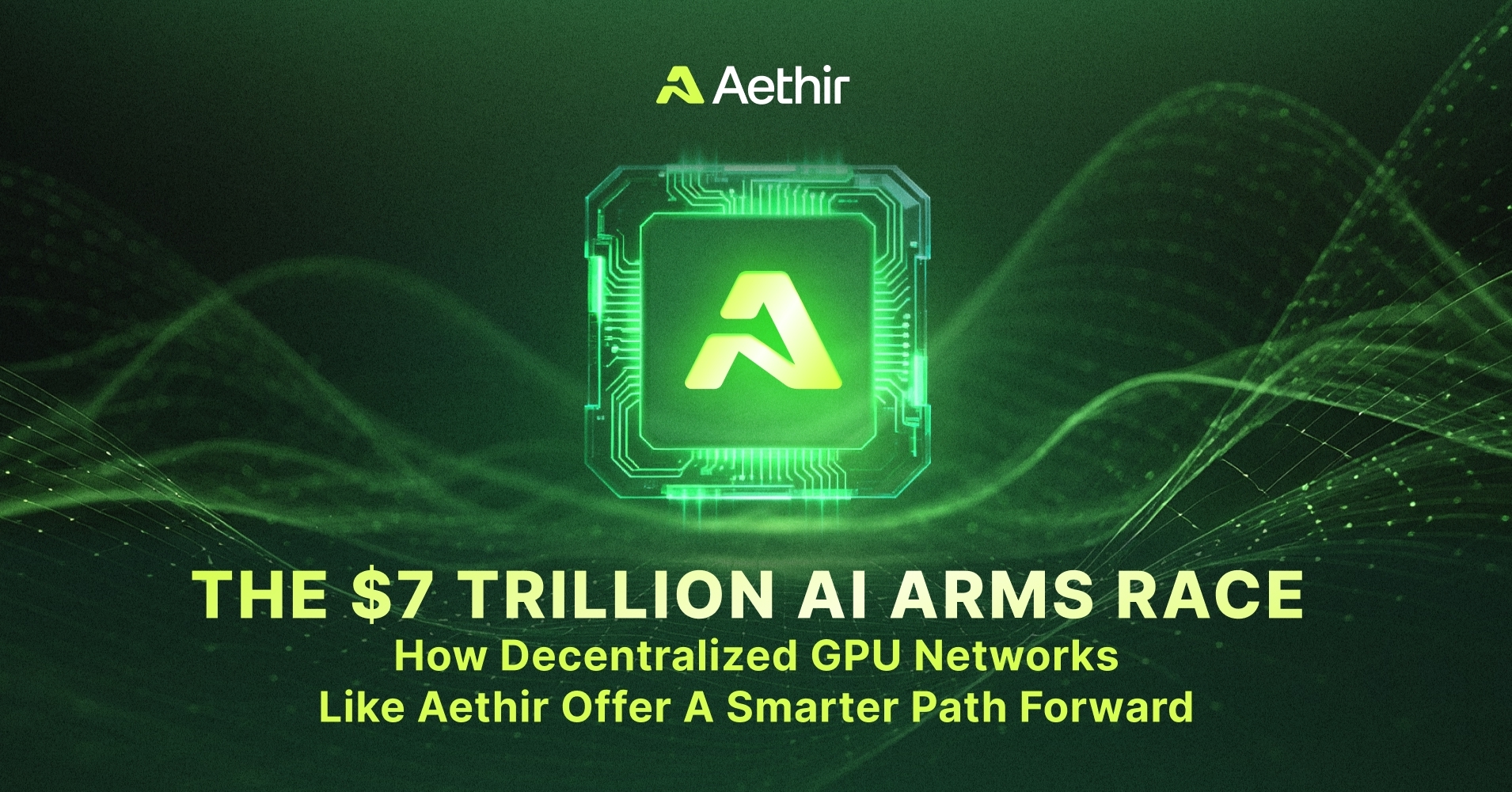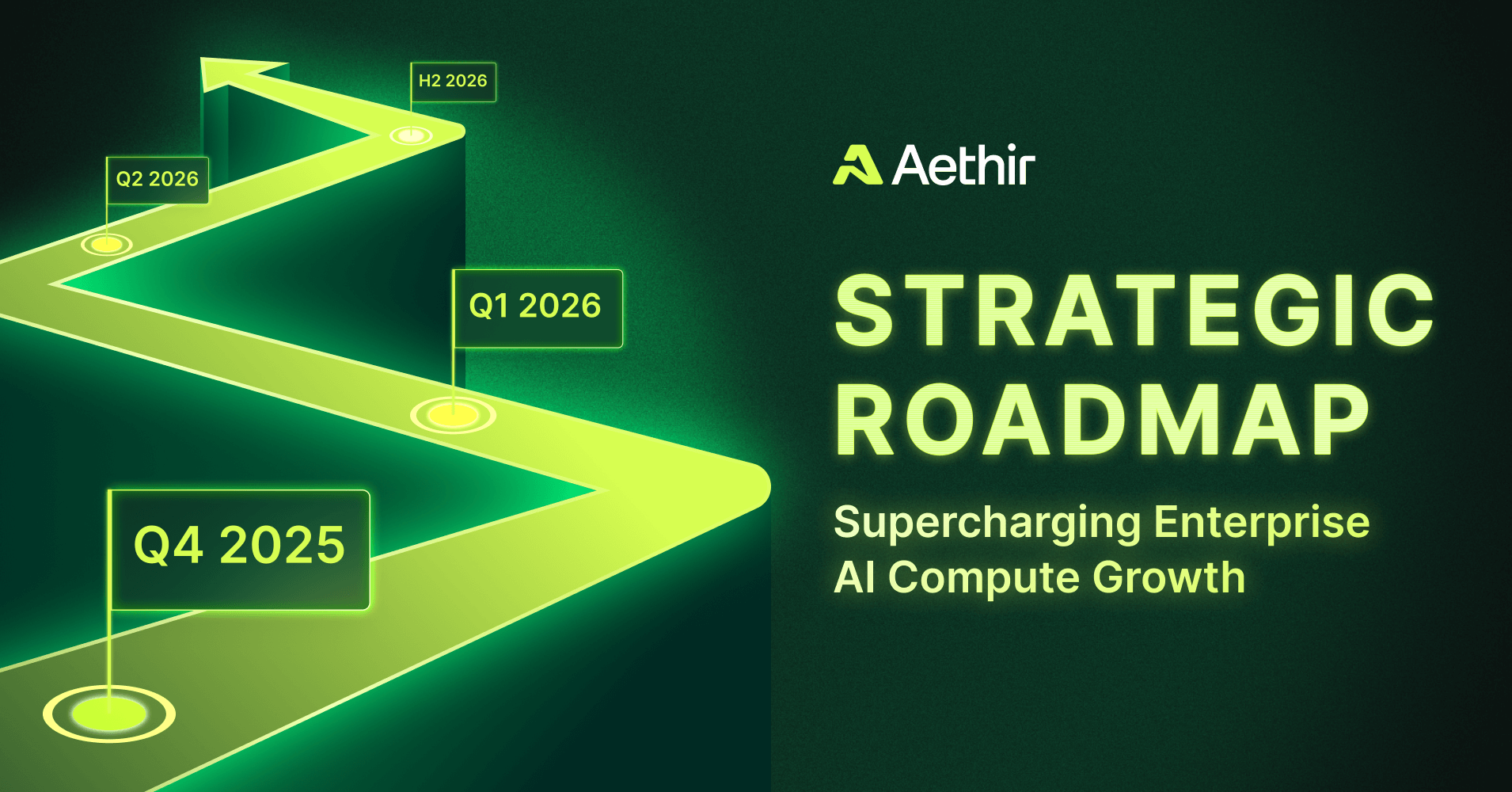Artificial intelligence is helping us model climate change, discover new medicines, and solve some of humanity's most complex problems. But this progress comes with a hidden cost, an energy footprint so large it's creating an environmental paradox. The very tool we're using to save the planet is also consuming it.
How big is the problem? According to researchers at MIT Technology Review, by 2028, AI alone could consume as much electricity as 22% of all U.S. households. It gets worse. The electricity powering these data centers often has a 48% higher carbon intensity than the national average, meaning it's not just using more power; it's using dirtier power. With tech giants planning half-trillion-dollar investments in new AI infrastructure, we're not just building a new digital world; we're building a power-hungry one.
This isn't a sustainable path. As we argued in our previous article, Beyond the Chip: Strategic Compute Reserves for National Security and Crisis Response, building strategic compute reserves is a national necessity. But how do we build them without creating an environmental crisis? The answer isn't just about generating more power. It's about building smarter, more efficient infrastructure from the ground up.
Aethir’s decentralized GPU cloud is leveraging energy-efficient compute infrastructure, powered by the ATH Strategic Compute Reserve, to support sustainable AI evolution.
The Hardware Revolution: Doing More with Less
The first part of the solution is happening at the silicon level. While AI's energy appetite is growing, the hardware powering it is becoming exponentially more efficient. This isn't a minor tweak; it's a revolution in performance per watt.
NVIDIA, a leader in GPU manufacturing, has reported a staggering 100,000-fold reduction in energy consumption for accelerated computing over the last several years. Their latest hardware continues this trend:
- The NVIDIA Blackwell GPU is 25 times more energy-efficient for large language models than previous generations.
- The NVIDIA H100 GPU is 20 times more efficient than traditional GPUs for the same complex workloads.
It's not just the chips. Innovations in direct-to-chip liquid cooling are drastically reducing the power and water needed to cool data centers, tackling one of the biggest overheads in energy consumption. Engineers are building the tools to make AI sustainable, proving that we can have both computational power and energy efficiency.
The Decentralization Dividend: Wasted Energy is the Worst Energy
Efficient hardware is crucial, but it's only half the story. The other half is about infrastructure. For decades, the cloud has been dominated by a centralized model: massive, always-on data centers that burn energy 24/7, whether they're being used or not. This is the "empty hotel" problem, and it's incredibly wasteful.
A groundbreaking academic study published in Energy and Buildings found that fully decentralized cloud architectures are 19% to 28% more energy-efficient than their centralized counterparts. The reason is simple: decentralized networks drastically reduce static energy consumption, the power burned just to keep idle servers running.
This is where Aethir's model shines. Instead of maintaining a giant, centralized "empty hotel," Aethir operates a distributed network of GPU resources. It acts like a smart grid for compute, activating underutilized GPUs across the globe and directing workloads only where they're needed, when they're needed. This approach increases overall utilization, minimizes idle capacity, and cuts down on the single biggest source of waste in the cloud industry.
Aethir: Where Decentralization Meets Sustainability
Aethir's decentralized infrastructure isn't just about resilience and accessibility, it's fundamentally more sustainable. With over 435,000 GPU containers distributed across 93 countries, Aethir can route workloads to regions with cheaper, greener energy sources. This geographic flexibility means compute happens where it's most efficient, not just where the biggest data center was built.
More importantly, Aethir taps into underutilized GPU resources that would otherwise sit idle. Every GPU that joins the network is one less piece of potential e-waste, one more asset contributing to the circular economy. By democratizing access to compute power, Aethir also democratizes sustainability, making green AI infrastructure accessible to everyone, not just hyperscale cloud providers.
The Incentive Layer: How Token Economics Can Drive Green Compute
What if we could use economics to make the grid even greener? This is the "secret sauce" of Web3 and Decentralized Physical Infrastructure Networks (DePIN). By using token incentives, networks like Aethir can actively encourage sustainable practices.
DePIN models have already shown they can offer a 50% energy efficiency boost in other crypto applications by rewarding participants for contributing to a collective goal. Aethir's ATH token can be used to create a powerful incentive layer for green compute. Imagine a system where:
- Green Staking: GPU providers who power their hardware with verified renewable energy sources could receive higher staking rewards or get priority access to workloads.
- Efficiency Bounties: Node operators could be rewarded with ATH tokens for demonstrating superior Power Usage Effectiveness (PUE), a key metric for data center efficiency.
- Automated Carbon Offsets: A small percentage of every transaction on the network could be automatically converted into carbon credits, making the entire Aethir ecosystem verifiably carbon-neutral.
This aligns financial incentives with environmental responsibility, creating a powerful, market-based solution to drive the adoption of green computing practices.
The Future of AI is Green
AI's energy consumption is one of the defining challenges of our time, but it's a solvable one. The path to sustainable AI is built on three core pillars: hyper-efficient hardware, decentralized infrastructure that eliminates waste, and smart economic incentives that reward green behavior.
Aethir is the only platform operating at the intersection of all three. By building a global, decentralized network of the world's most advanced GPUs, governed by intelligent and sustainable economics, Aethir is proving that we don't have to choose between AI progress and environmental responsibility.
Building Strategic Compute Reserves is no longer just a matter of national security; it's a matter of planetary security. The future of AI will be powerful, it will be distributed, and if we build it right, it will be green.






